

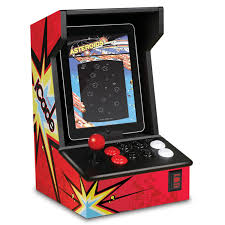





 |
 |
 |
 |
 |
 |

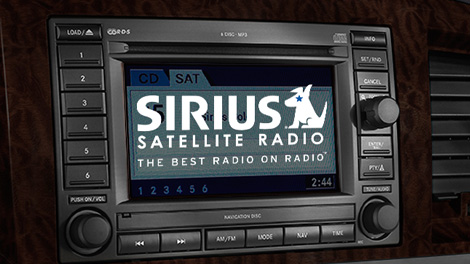
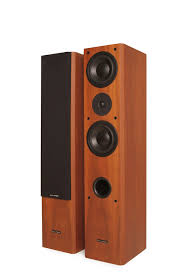
Learn more about the pros and cons of active and passive speakers here.

Learn more about the pros and cons of MP3 Players here.
Learn more about the history of music players here.
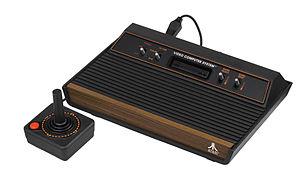
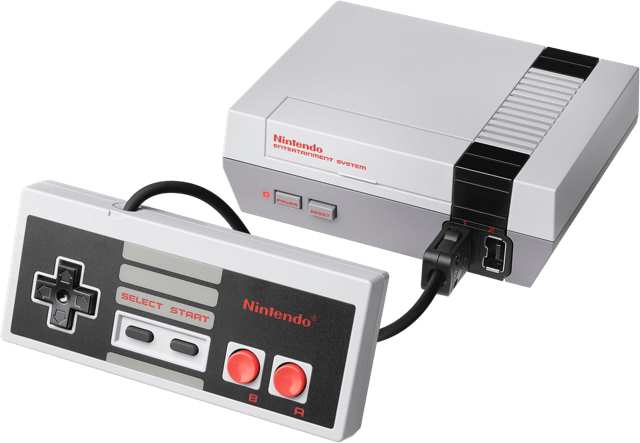


This console was released on November 15, 2001 by Microsoft. Its controls are similar to a Playstation and it’s known for the video game, “Halo.” This console was also unique because of the fact that it was made in the U.S., something unseen since the Atari.

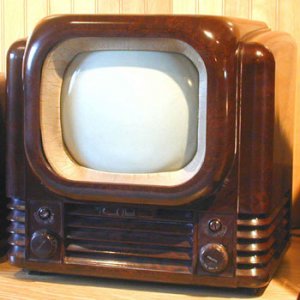




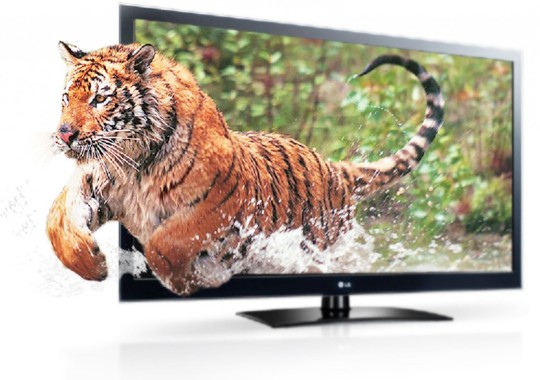

Learn more about the pros and cons of Skype here!

Learn more about the pros and cons of Facebook here!